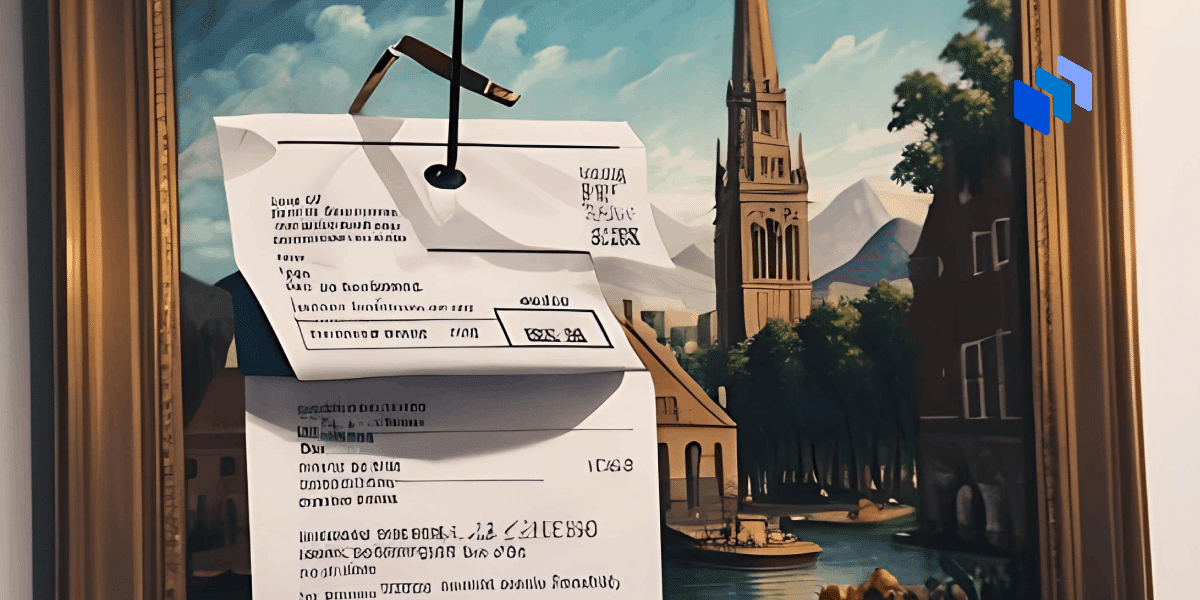As a distributed, immutable ledger, blockchain is highly effective at maintaining records.
In most cases, these records are used to verify financial transactions, but they can also be used to prove ownership of digital assets like non-fungible tokens (NFTs) and software coding, and even more tangible things like new materials and pharmaceutical discoveries.
In other words, blockchain has the capacity to establish and enforce intellectual property (IP) rights.
Traditional tools like patents, copyrights, and trademarks have had a spotty record at best when it comes to infringement and unauthorized use of original content, but blockchain’s secure and transparent recording of IP-related transactions provides a strong foundation for the establishment of ownership and the ability to prevent someone else from claiming your work as their own.
Blockchain and Automation
According to Neha Dhir, an attorney specializing in global digital assets at BlockLegal, blockchain actually improves on the traditional methods of protecting intellectual property.
For one thing, it automates the monitoring of timestamps and other activities, making it easier to detect infringement, while also verifying ownership without the extensive paperwork required of central authorities.
In this way, blockchain cuts down on the confusion that often arises around IP ownership, which is a major source of costly litigation. The World Intellectual Property Organization (WIPO) is currently looking at how blockchain’s IP licensing and record-keeping applications, as well as its ability to support smart, self-executing contracts, can be admitted as evidence in courts around the world.
Self-Protection
Perhaps the key benefit to blockchain as the manager of IP rights is that no one – not individuals, corporations, or governments – can exert control over those rights, says Ts. Mohd Roydean bin Osman, vice president of innovation and commercialization at Taylor’s University’s Centre for Research & Enterprise.
At the moment, central authorities have the power to grant or deny ownership rights, or impose any number of conditions on the exercise of those rights. This often leads to higher prices, uneven competition, and even restrictions on the free flow of information that inhibit development and innovation.
A decentralized structure, on the other hand, has the potential to counter monopolization, censorship, corruption, and theft even as it deters infringement and makes it easier for creators to be compensated fairly for their work.
Again, using smart contracts, small business and even individuals will be able to automate the enforcement of their rights without having to hire a bevy of lawyers or negotiate their way through countless intermediaries.
The Artist’s Friend
Artists, writers and others engaged in creative professions should make out particularly well with blockchain-based IP protection.
At a time when AI stands a good chance of generating polished verbal and visual content on a massive scale, an open, transparent ledger that can trace works of art back to their sources can be highly useful in the fight against copycats.
Dr. Miriam Stankovich, senior digital policy specialist at Development Alternatives, Inc. (DAI), notes that blockchain can help solve the tricky question of whether a new work was actually lifted from an existing work or was merely inspired by it.
Once a piece of artistic expression is registered on a blockchain, the creator can see exactly where and how it is being used elsewhere and automatically apply licenses and fees to the users. This also turns AI into the artist’s friend by becoming their eyes and ears across the connected universe and managing all transactions related to the use of their creation.
This level of protection can also be used to distribute only portions of content or grant usage rights for limited periods of time. A recording or performance artist who wishes to sample only a few seconds of a published song, for example, could make micropayments to the song writer or publisher according to the frequency or duration of the usage, and then automatically terminate the contract at a pre-determined time – say, at the end of a concert tour.
Certain Drawbacks
Nothing works perfectly, however, and despite its efficacy there are some drawbacks to blockchain as a protector of IP rights. For one thing, says Kristin A., an attorney with digital asset protection firm Vaultinum, it cannot verify the identity of the person who creates a record. This means even though a chain begins with a piece of intellectual property, there is no way to know if the creator of the record is the actual creator of the IP.
Another problem is that, at the moment at least, today’s legal system does not recognize computer records as evidence in civil, criminal or administrative cases unless they are validated by a trusted third party. So while the technology can streamline a lot of the work that goes into enforcing IP contracts, it’s still in a no-man’s land when it comes to the law.
Other issues like cost, complexity and even environmental impact could pose problems for some users, particularly if the blockchain scales due to the high popularity of its content.
The Bottom Line
A more streamlined, less regulated but still secure and trustworthy means of enforcing IP rights would benefit both the creators of content and its users. If nothing else, it could create an interoperable means of digital exchange that transcends national boundaries to form a global marketplace for creativity and artistic expression.
At the same time, it could help level the playing field between small providers and the powerful, entrenched interests that typically use their clout with legal and regulatory authorities to advance their interests above others’ – but only if they don’t use their power to influence the development of blockchain itself.








